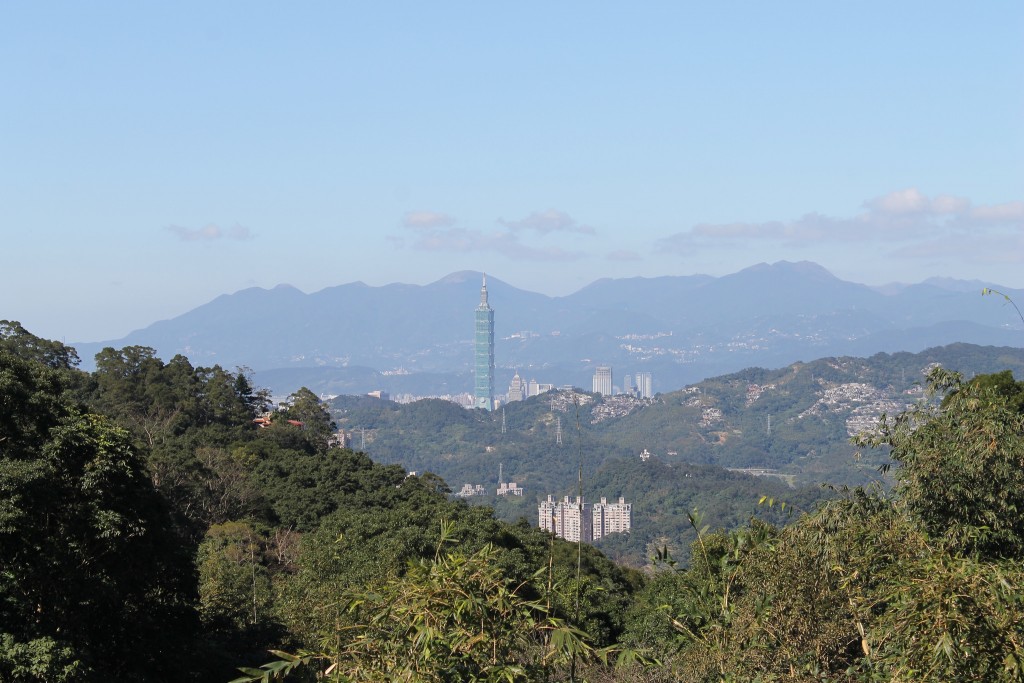Lawmakers urge geothermal to be chosen over nuclear in Taiwan
Lawmakers in Taiwan urge the government to include geothermal energy in its Infrastructure Development Program budget instead of resuming plans for a nuclear power plant.
In a recent address,Democratic Progressive Party (DPP) Legislator Chen Ou-po of Taiwan, urges the Taiwanese government to include geothermal energy development in the Forward-looking Infrastructure Development Program budget because resuming construction of the Fourth Nuclear Power Plant is not the way to address the nation’s electricity shortage.
“We should use the next eight years to develop ‘green’ energy, which should be the only option,” he said.
President Tsai Ing-wen has vowed to make Taiwan free of nuclear power plants by 2025 and make Yilan County’s geothermal energy plant operational by 2020, he said.
Ministry of Economic Affairs officials told the 2015 National Energy Conference that the nation’s geothermal energy reserve is equivalent to 11.8 times the total electricity that could be generated by the Fourth Nuclear Power Plant, the lawmaker said.
A study by the National Science Council conducted in 2010 and 2011 found that the geothermal energy reserve in Yilan County — particularly from Cingshuei to Touchang, Longde to Lize and Sansing and Jiaosi townships — can generate as much electricity as two-and-a-half nuclear power plants, Chen said.
Geothermal energy would be a safe energy source and help reduce the nation’s carbon emissions, he added.
However, the “green” energy projects listed in the infrastructure program do not include geothermal ones, he said.
Yilan County began developing geothermal energy in Cingshuei 30 years ago, he said, adding that Taiwan would have become a nation known for its geothermal energy industry if the government at the time had invested in geothermal power plants rather than nuclear energy, he said.
The Philippines has seven geothermal fields and 18 geothermal power plants, and is the world’s second-largest producer of such energy, while 15 percent of its power supply comes from geothermal power plants, he said.
“Taiwan and the Philippines are both on the Ring of Fire in the Pacific Ocean, in which earthquakes and volcanic eruptions happen frequently,” Chen said.
“Taiwan has not generated any geothermal energy and has trailed behind the Philippines in this regard for 30 years,” he said.
The government should increase its investment in geothermal energy because technological advances have given the field a good chance of success, he said.
It has already taken the first step by signing a contract with the Cingshuei Geothermal Power Plant to reactivate production there and the plant plans to expand production to 4 megawatts in four years, which could supply electricity to 28,000 households, Chen said.
Although the Ministry of Technology plans to spend NT$400 million (US$13.2 million) on a two-year project to drill excavation wells in Sansing Township, Chen said that only NT$198 million has been approved.
It needs to provide the rest of the funds quickly to facilitate the excavation efforts, he said.
Source: Taipei Times


















